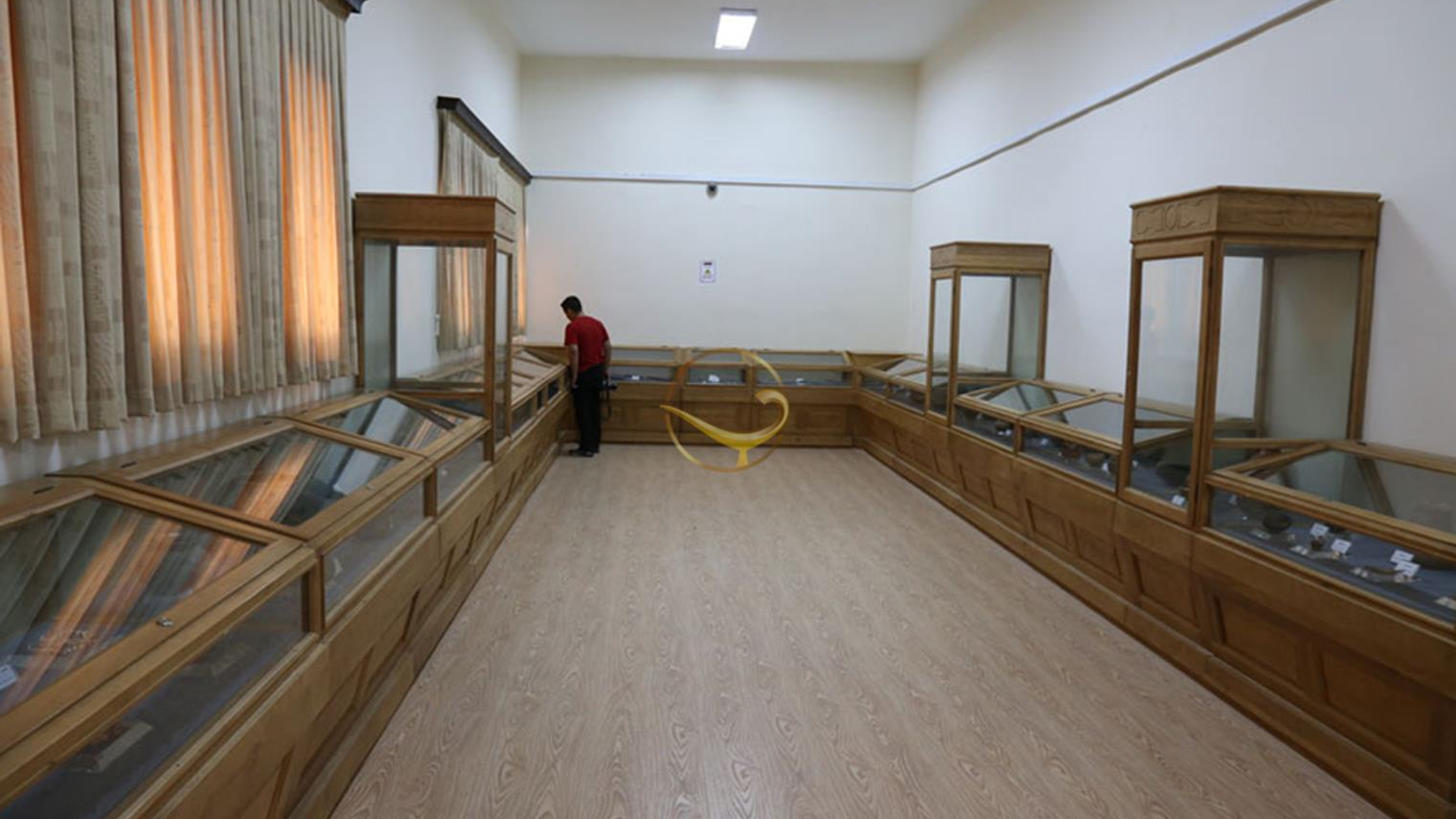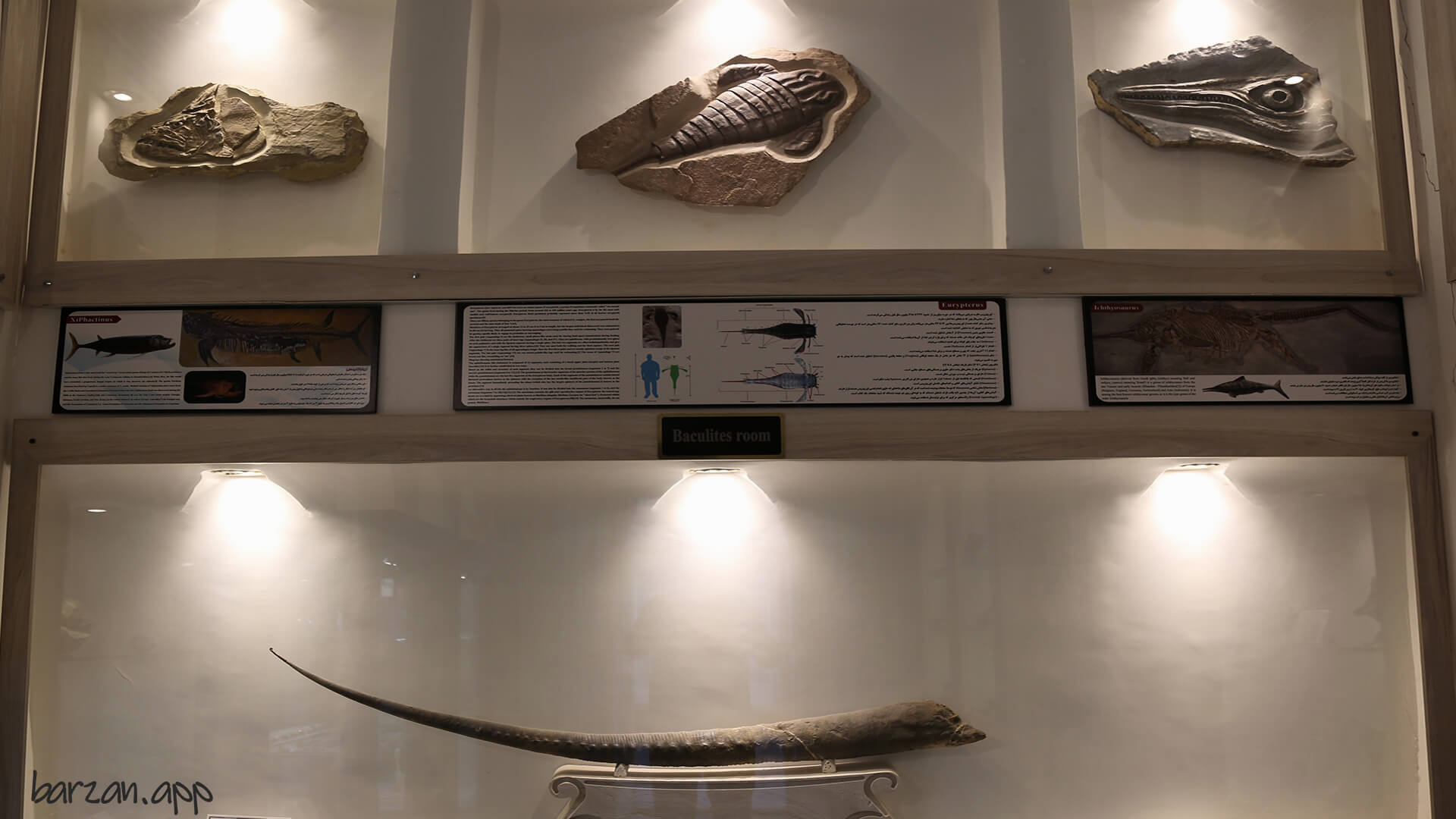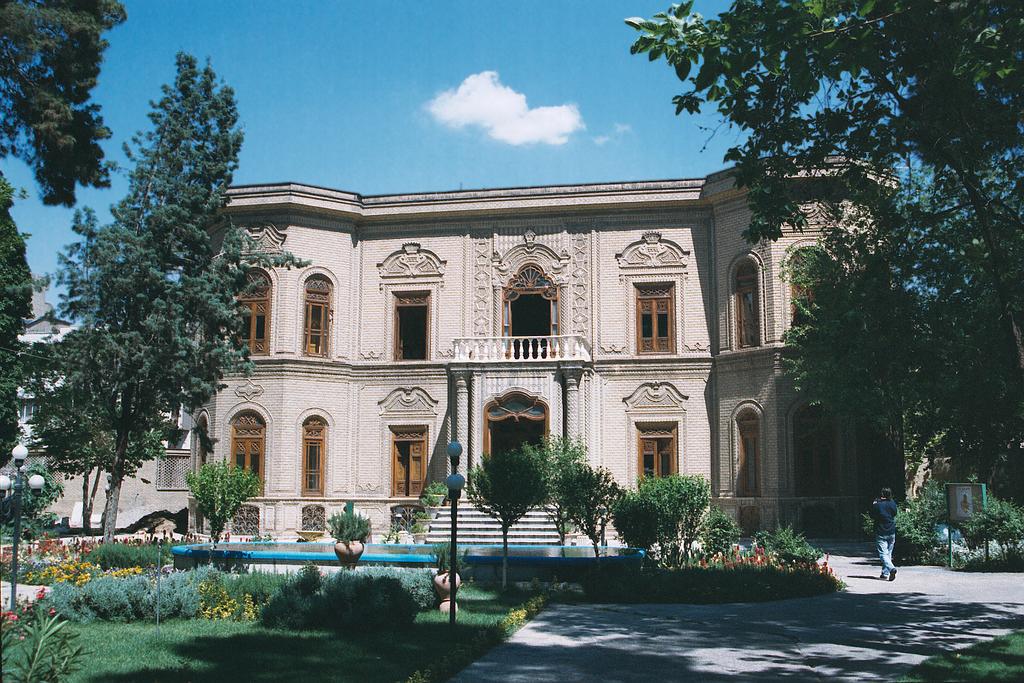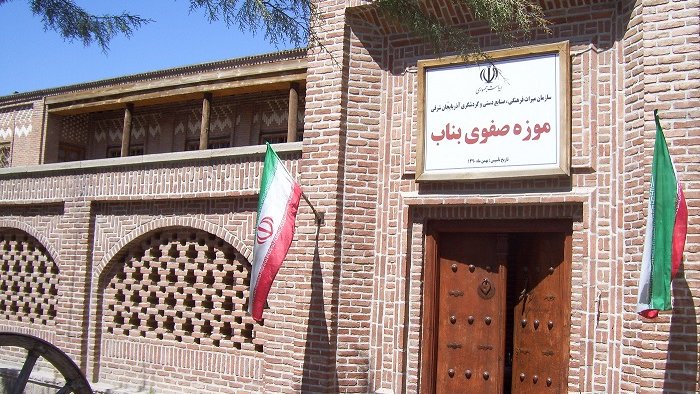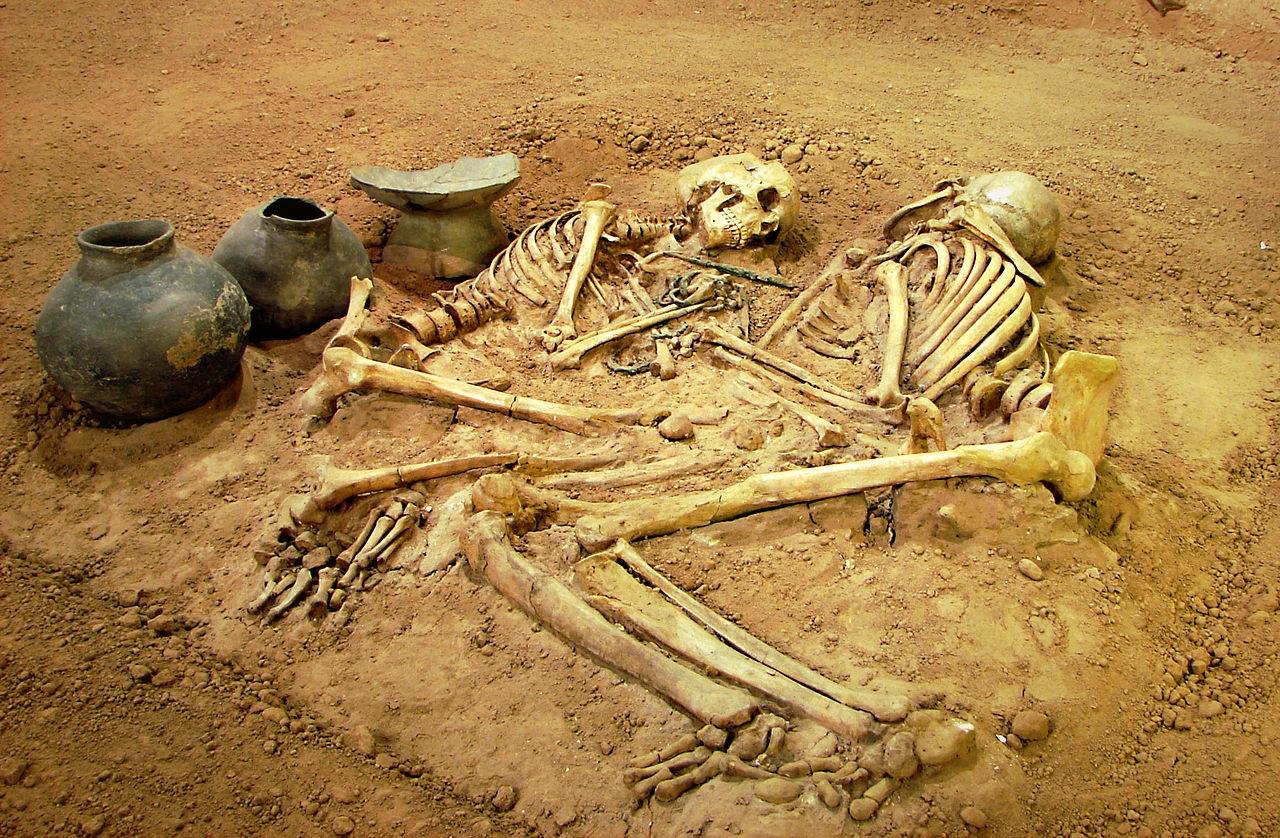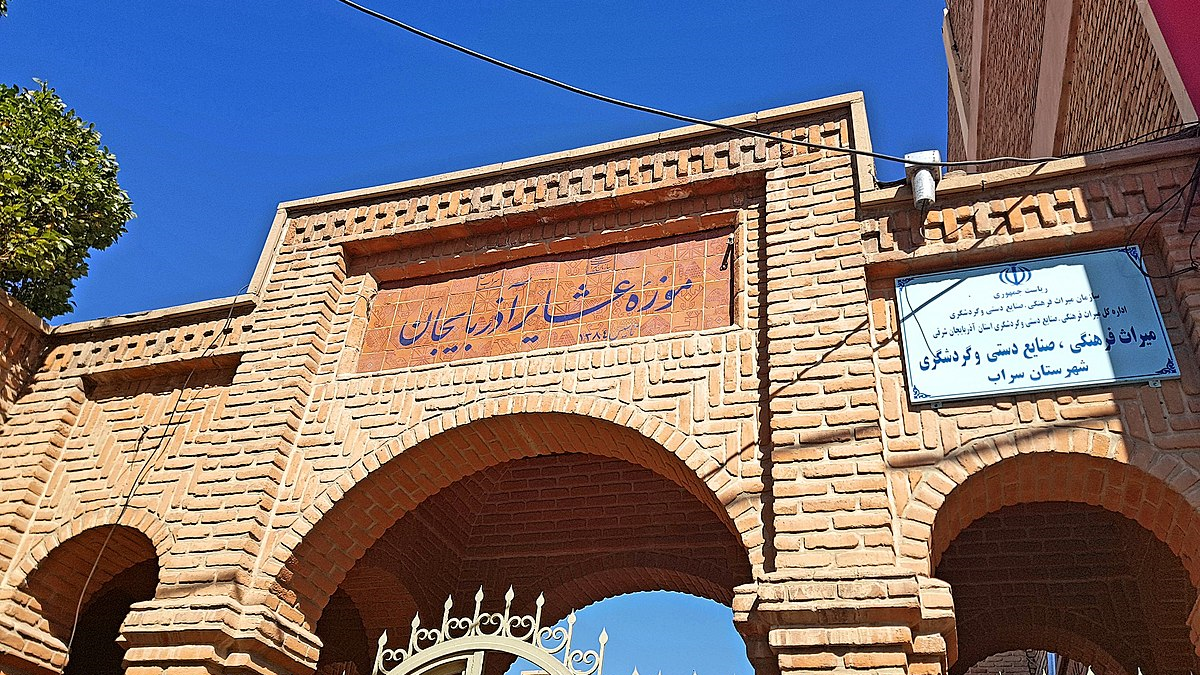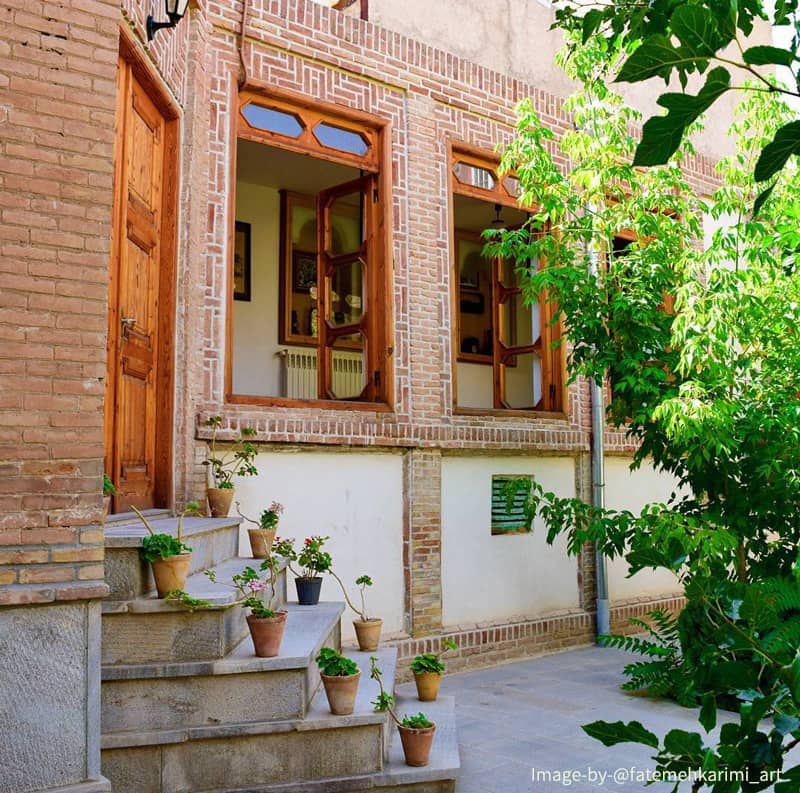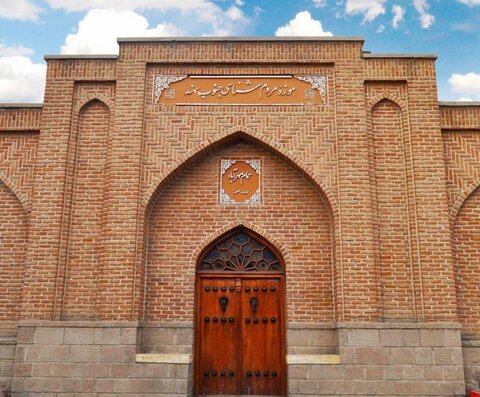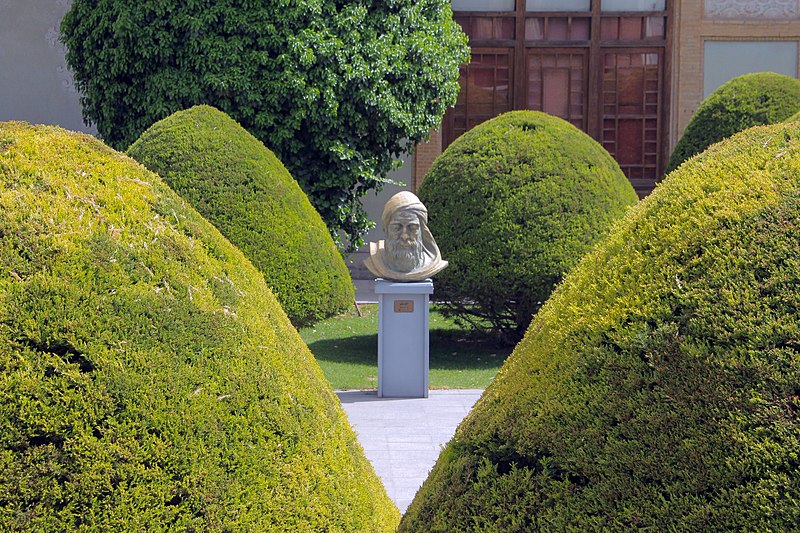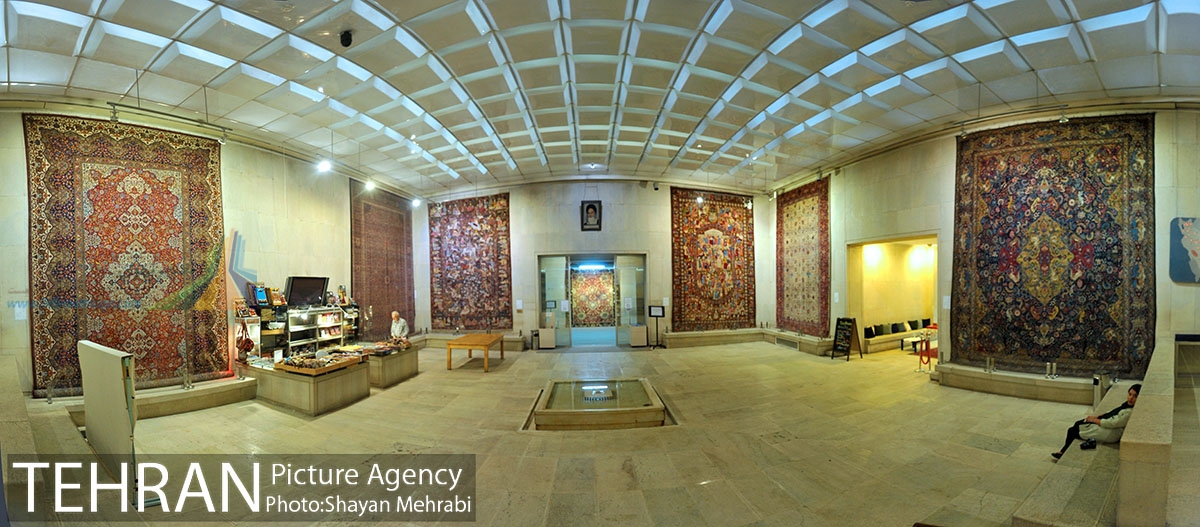
Tehran Time Museum: Visit the Museum, Garden, and Historic Mansion with a Single Ticket!
Museums are among the most fascinating attractions of any city. They bring together unique collections that allow visitors to explore centuries of history and knowledge in just a few hours. Today, museums exist in countless styles and themes, welcoming millions of visitors every year. However, many travellers tend to focus more on historical monuments or natural wonders and often overlook the museums of the cities they visit simply because they’re unaware of them. That’s why, before travelling to any destination, it’s worth learning not only about its historical, natural, and cultural landmarks but also its museums. In Tehran, Iran’s vibrant capital, numerous museums cater to a wide range of interests. Whether you’re passionate about art, history, or science, you’re bound to find one that captivates you. Among them, one of the most enchanting is the Time Museum—known in Persian as Tamashagah-e Zaman or the Clock Museum. As its name suggests, this unique museum is entirely dedicated to the instruments and techniques humans have used to measure time.
Where is the Time Museum located?
To visit the Time Museum, head to Zafaraniyeh Street, one of the elegant northern neighbourhoods of Tehran. The museum stands at the corner of Parzin Baghdadi Street, occupying part of the Bagh Ferdows estate. This picturesque garden once belonged to Mo’ayer al-Mamalek, the son-in-law of Naser al-Din Shah Qajar (who ruled from 1831 to 1896). After Mo’ayer al-Mamalek’s death, his son began cutting down the garden’s trees for firewood. In 1925 (1304 in the Persian calendar), Abdollah Khan Mansour purchased the property and rescued the estate. Later, in 1967 (1346), it came into the possession of Hossein Khodadad, who meticulously restored the adobe building and transformed it into an exquisite architectural masterpiece. The museum’s breathtaking stucco decorations (gachbori) are among its most striking features. Created by a team of 40 master craftsmen over the course of nearly 11 years, these intricate plasterworks are inspired by the patterns and motifs of traditional Persian carpets. Khodadad, a successful carpet merchant, envisioned the mansion’s ceilings and walls as a woven tapestry in stucco, bringing the art of Persian carpet-making to architectural life. The building also showcases remarkable examples of geometric woodwork (gereh-chini) on its doors and windows, demonstrating the highest levels of Iranian craftsmanship.
One of the highlights of the mansion is the “Isfahan Room”, located on the first floor. It took three brothers three years to construct, as they sought to recreate the grandeur of Isfahan’s Ali Qapu Palace. Its ceiling, adorned with copper and gold, glows with warmth and elegance. Among its decorations, visitors can admire The Creation Panel, a famous stucco relief by Master Isa Khan Bahadori, one of Iran’s most celebrated traditional artists.
The Theme and Features of the Time Museum
- Time has always been one of humanity’s greatest mysteries. Throughout history, scientists and inventors have devised ingenious methods to measure and organise it. In our modern world—where precise digital clocks surround us—it’s easy to forget how much creativity and experimentation once went into understanding the passage of time. At the Time Museum, visitors can explore this fascinating journey through devices that predate modern clocks. Among the exhibits are candle clocks and rope clocks, whose burning rates were carefully measured to indicate the passing hours. In the museum’s courtyard, you’ll also find oil clocks, water clocks, sand clocks, and sundials, all surrounded by the greenery of a tranquil garden. A café-restaurant nestled within the same grounds offers a peaceful spot to relax and reflect after your visit.
- The museum covers an area of about 5,000 square meters, with the building itself occupying 700 square meters.
- First Floor: This level showcases a captivating collection of European clocks from the 17th to 20th centuries, including mechanical, wind-up, pendulum, table, wall, and grandfather clocks. Many of these timepieces are richly decorated with elements of sculpture, enamelling (minakari), and marquetry (moarraq-kari). Some pieces are also dedicated to notable Iranian scientific and artistic figures, adding depth to the historical narrative.
- Second Floor: Here, visitors can discover artworks made from clock components, created by artist Houshang Forootan, who began crafting them in 1988 (1367). Another section displays watchmaking tools—including knives, hand pullers, oil needles, and punch tools—along with collections of wristwatches, pocket watches, and custom timepieces. You can also find documents and manuscripts related to calendars, astronomy, and the science of timekeeping.
A Place Where Time Stands Still
With its combination of architectural splendour, artistic detail, and fascinating exhibits, the Time Museum offers a rare opportunity to see how Iranians have preserved the concept of time not just through clocks, but through art, craftsmanship, and history itself. Whether you’re an art enthusiast, a history lover, or simply curious about the passage of time, this museum is one of Tehran’s most delightful hidden gems.
| Name | Tehran Time Museum: Visit the Museum, Garden, and Historic Mansion with a Single Ticket! |
| Country | Iran |
| State | Tehran |
| City | Tehran |
| Type | Science and Technology |
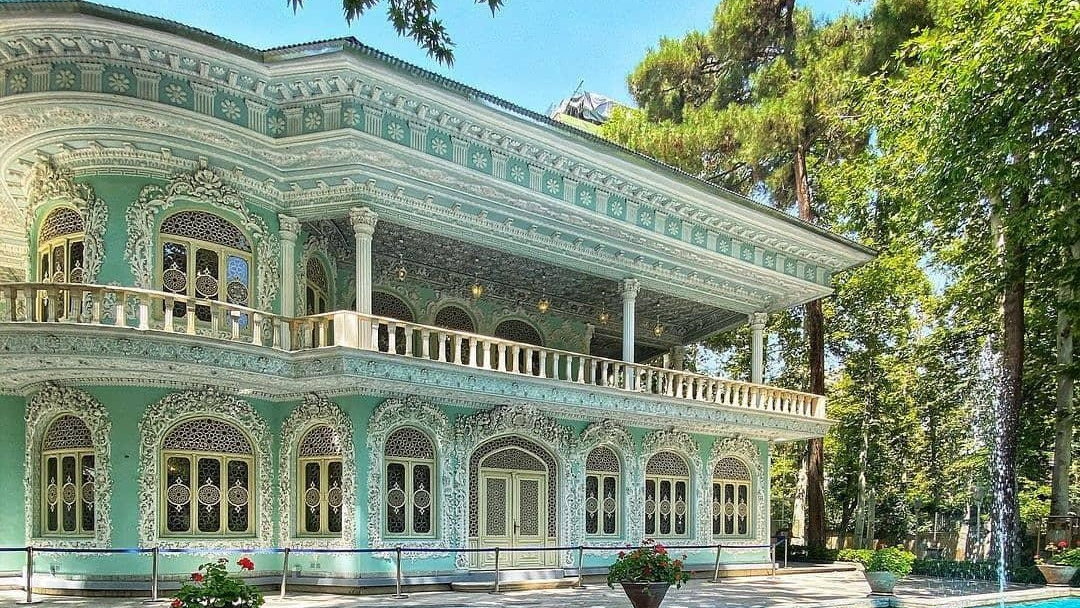
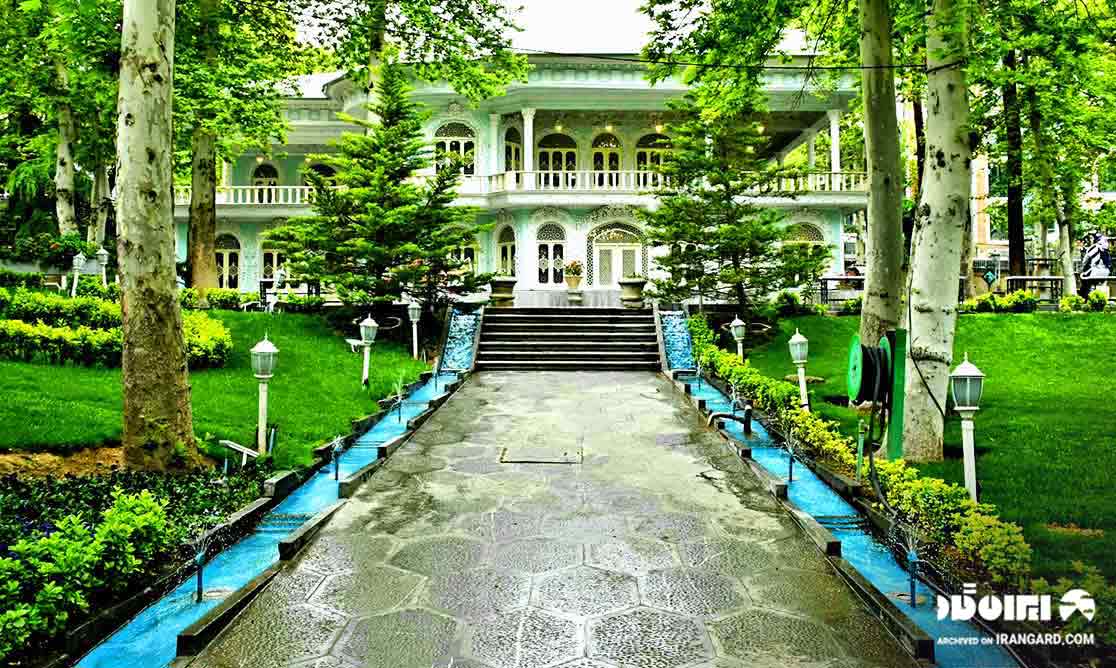
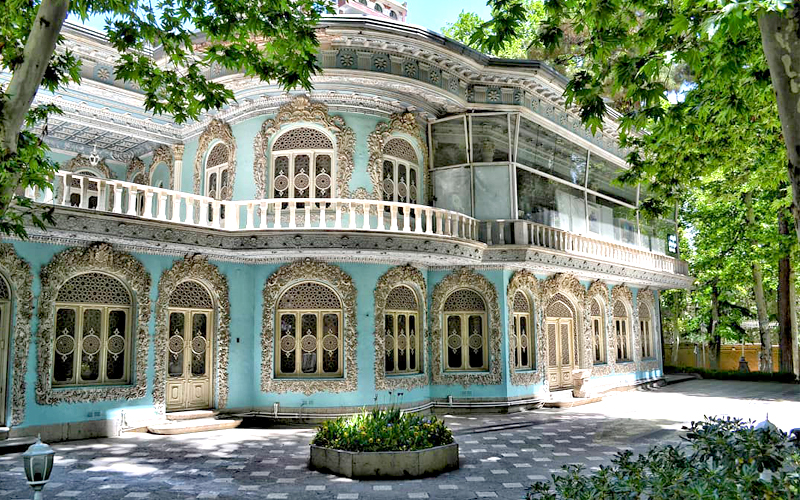
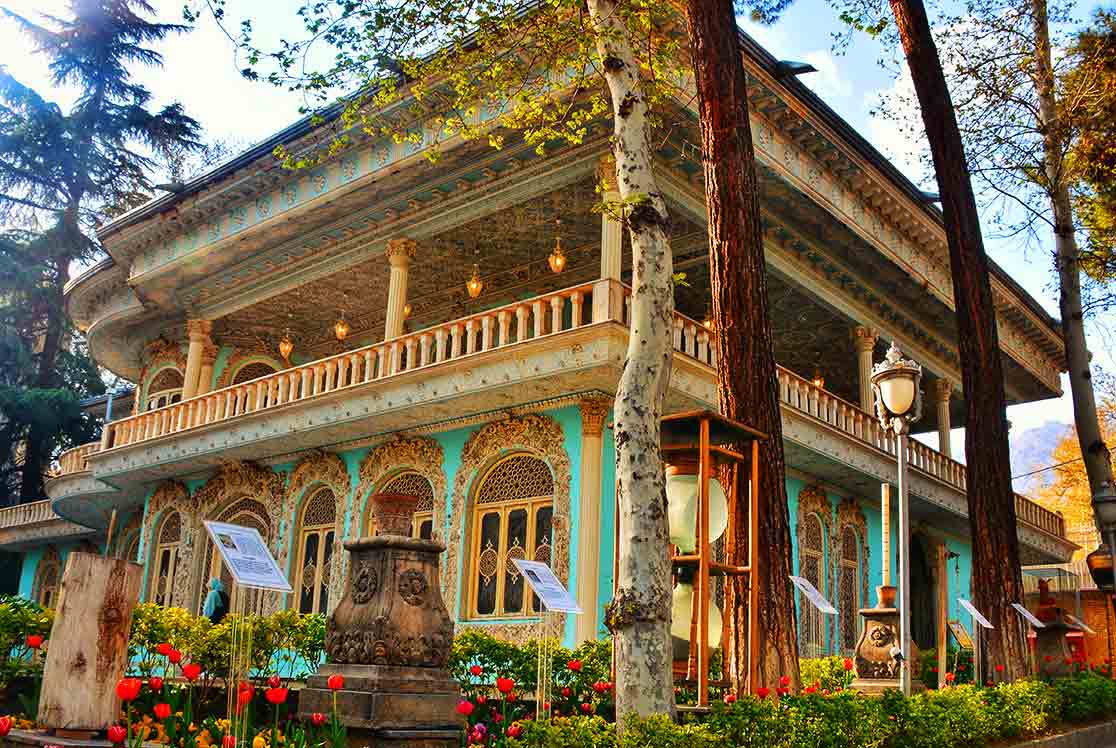




Choose blindless
Red blindless Green blindless Blue blindless Red hard to see Green hard to see Blue hard to see Monochrome Special MonochromeFont size change:
Change word spacing:
Change line height:
Change mouse type:
